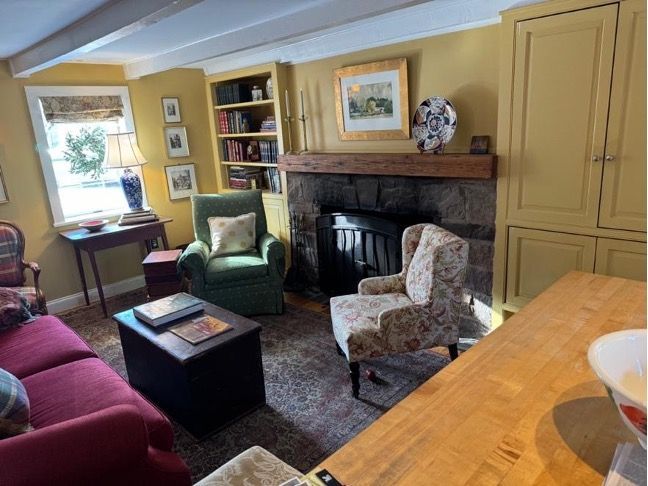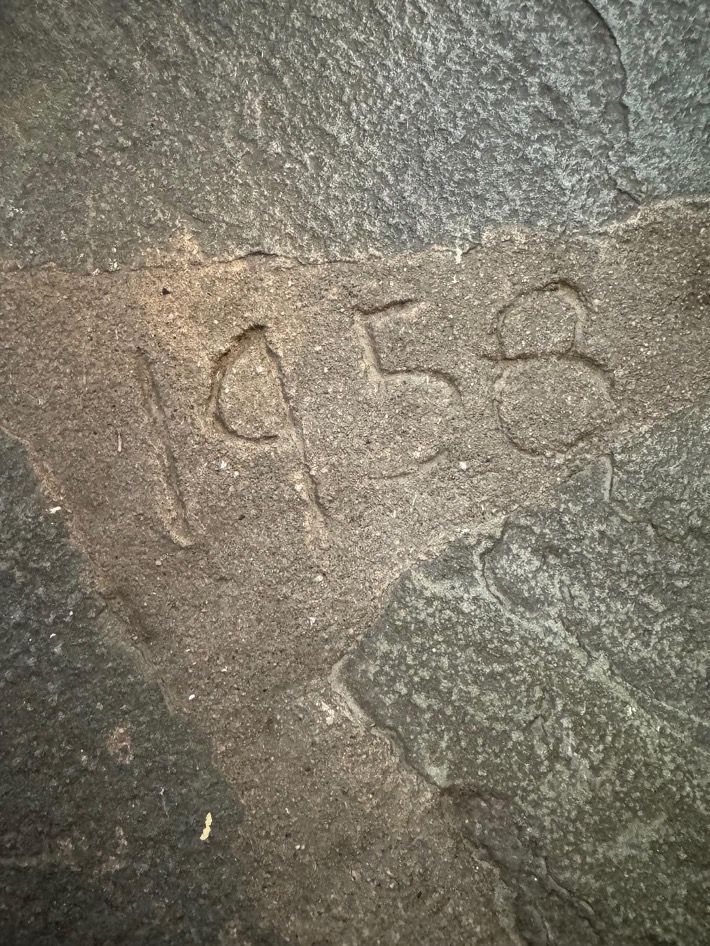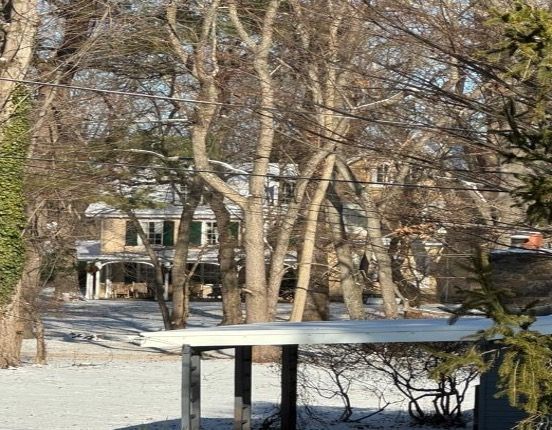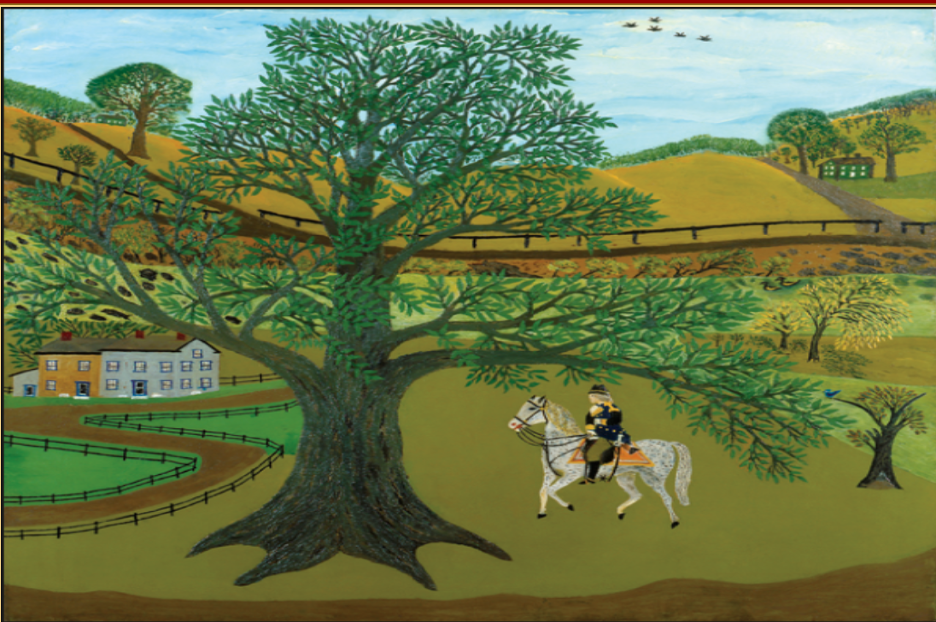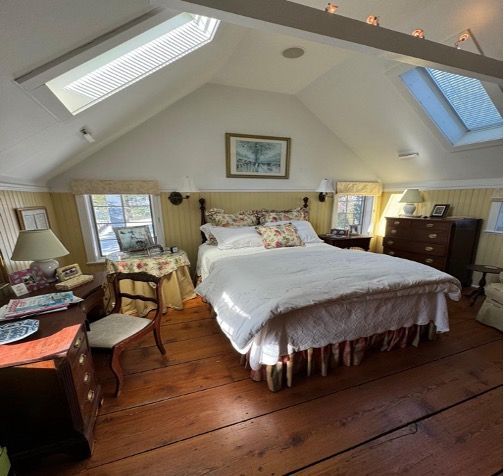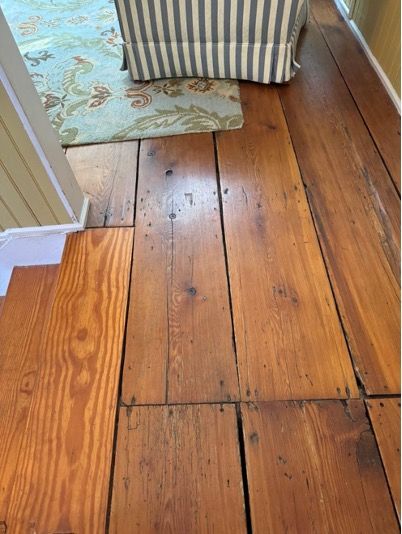Contact Info
New Hope Historical Society
at The Parry Mansion
45 South Main Street
New Hope, Pennsylvania 18938
Phone: 215.862.5652
Email: info@newhopehistorical.org
Buttonwood Street Home was Once a Stable across Bridge Street at the Old Hip-Roof House
Buttonwood Street in New Hope is just one block north on Chestnut Street from Bridge Street. This article will focus on one home on Buttonwood, but also remark on other interesting properties nearby. The subject home on Buttonwood was once a stable located on the Bridge Street property now known as the Wedgwood Inn Bed and Breakfast. The inn is clearly visible from Buttonwood Street. At a recent visit to the property on Buttonwood the current owner related that the stable was built in 1833, and at least partially supporting that assertion was the hand-hewn post and beam construction found under the walls during modern renovations. Such construction was most common from the mid-17th to the mid-19th centuries.
As stated in our earlier "Beyond the Door" article about the Wedgwood Inn, the building now housing the inn was constructed in 1870 on the stone foundation of an earlier "old hip-roof" house built in 1720. The Buttonwood property owner says the stable was moved to its current location in the 1940's or 1950's and then was used by a blacksmith, and later an upholsterer. In 1958 it was converted to a home. If the stable dates to 1833, it must have been present during the time of both the original 1720 house as well as the still extant 1870 building now housing the Wedgwood Inn.
Wedgwood Inn owner Carl Glassman related in an interview for this article, that when he and his wife acquired the future Wedgwood property in 1982, there was evidence of a barn foundation to the rear of the house at the southwest corner. For purposes of this article "stable" and "barn" will be used interchangeably.
This would be located similarly to a like structure on the next-door Umpleby House. Glassman relates that the original driveway would have passed near the house and reached the stable entrance just behind it. Glassman also states that a prior owner of the later Wegwood Inn intended to build his own new home in the area of the barn (perhaps tearing down the 1870 house), but that plan never came to fruition. The barn location is now paved and the foundation remains are no longer visible.
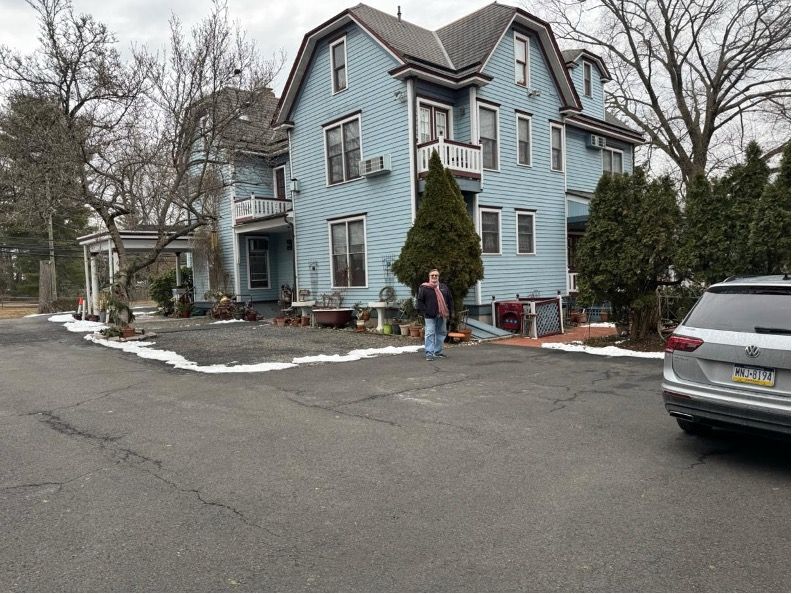
The 1948 Franklin Survey Company map of Solebury and New Hope does not yet show the presence of Buttonwood Street, though Chestnut Street seems to be shown, but not named there. Immediately west of the end of Buttonwood Street is the historic Paxson Estate, Maple Grove, containing the mansion adjacent to the New Hope Solebury High School and still visible today from Bridge Street. Per the archival records, held at the New Hope Historical Society, the original land was purchased by Thomas Paxson about 1763 and grew to 634 acres. The land extended to the Delaware River. Maps from 1876 and 1891 show that Paxson descendants still own substantial acreage.
A Paxson descendant, and current resident of Maple Grove, Dr. George Rhoads, was also interviewed for this article. Dr. Rhoads believes his grandparents sold off lots on Chestnut and Buttonwood Streets to help further his father's college education. According to local legend, there used to be a large Chestnut tree on Maple Grove, either near or on the current location of Buttonwood and Chestnut Streets, which was used by George Washington to tie up his horse around the time of the Battle of Trenton. This tree was famously depicted by Joseph Pickett.
A copy of title records, held in the archives at the New Hope Historical Society, dates only back to 1949 for the Buttonwood home that began as a stable. Several changes of ownership occurred over the subsequent decades with current owners in place since 2008.
The home was modified several times over the decades, adding and expanding rooms. A major renovation occurred in 2004. The original walls of the stable are still standing, though now covered. The moved stable was placed on a slab, while steps up and down between rooms offer some evidence of the stable's foundation when it was on Bridge Street. A low ceiling on the second level was raised and vaulted. Original pine planks are found on the second floor as well. In the yard, bricks were found and the owner speculates the property may have once been used as a disposal area for the Paxson estate.
Incidentally, while researching this property, NHHS Historian Roy Ziegler informed us that less than a block away from today's subject home, there is another home that was relocated from elsewhere in New Hope. In order to make way for the railroad tracks, this second relocated structure was moved from Ferry Street and now occupies the southeast corner of Buttonwood and Chestnut Streets. That home has connections to two of our earlier "Beyond the Door" articles. While on Ferry Street, it was occupied by the great-grandparents of the current Newhart descendant of the Osmond/Newhart House (Osmond/Newhart House), and by 1944 it was owned on Chestnut Street by Ray and Laura Worthington (New Hope Arts).
Many thanks to all who were interviewed and shared the history of their property with us.
The members of the Archives Team involved in this article are Nicole Hudson, Archivist and the following volunteers:
Tom Lyon
Tom Williams
Beyond The Door
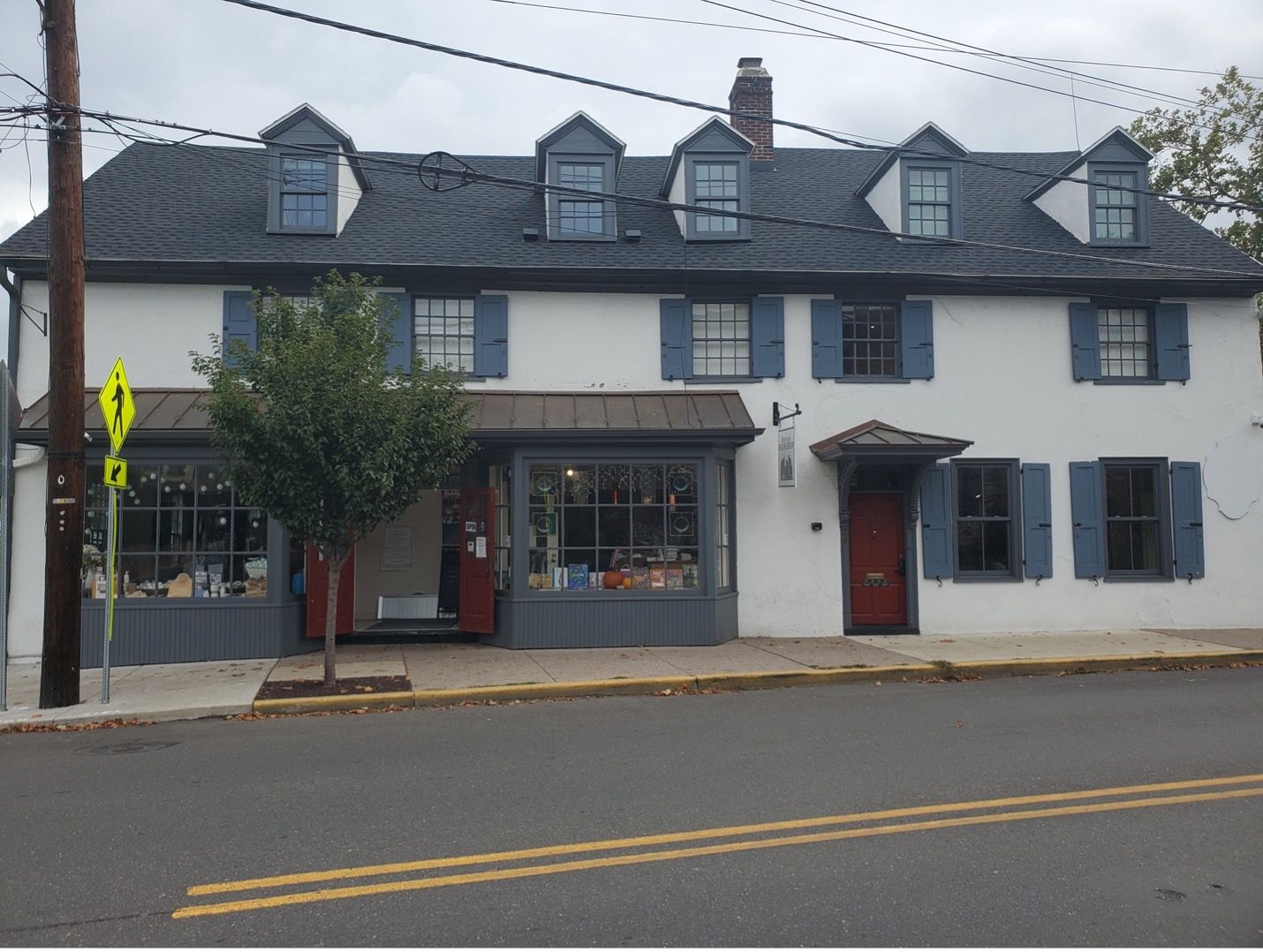
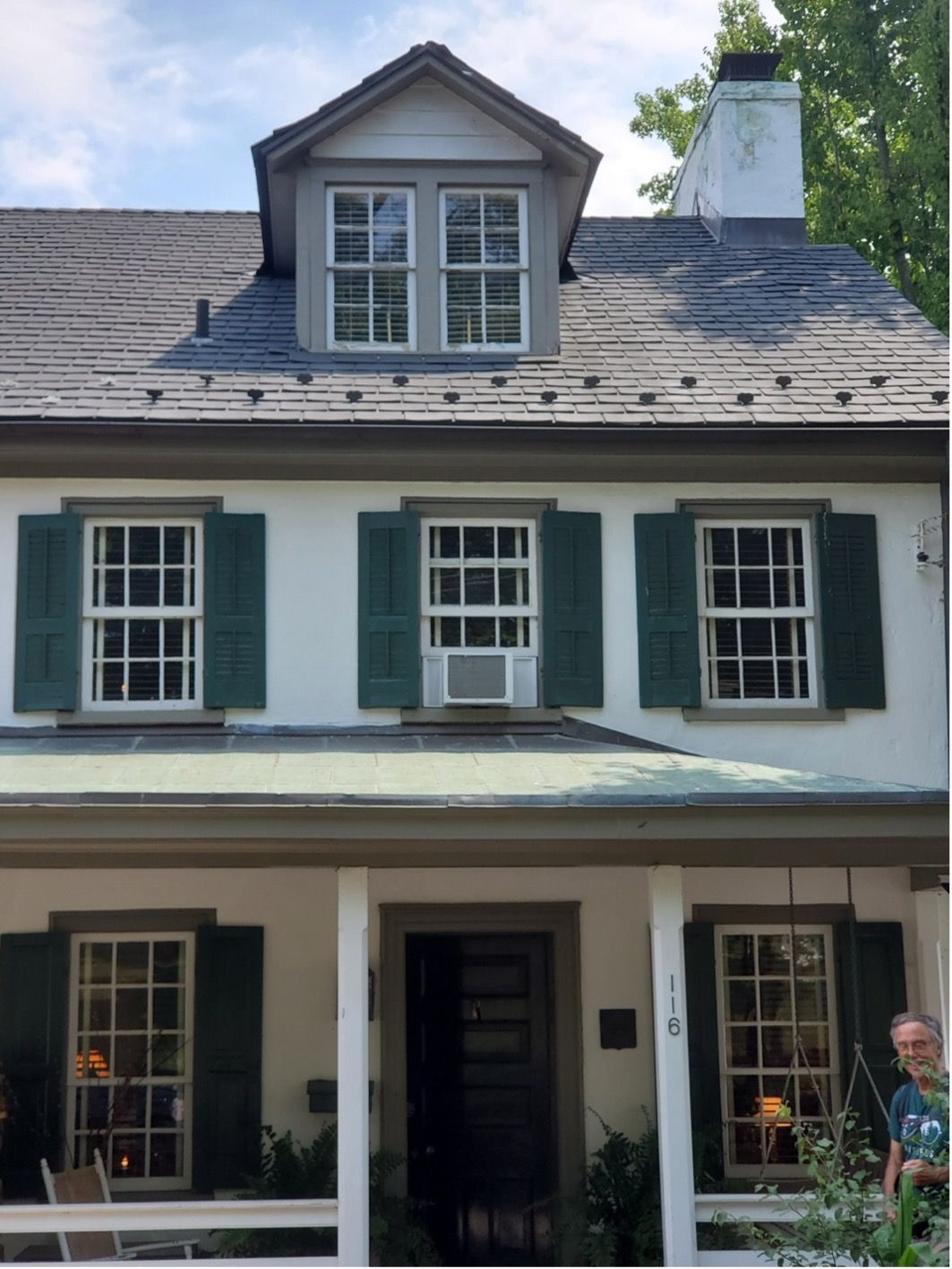

Contact Info
New Hope Historical Society
at The Parry Mansion
45 South Main Street
New Hope, Pennsylvania 18938
Phone: 215.862.5652
Email: info@newhopehistorical.org
Mailing Address:
PO Box 41
New Hope, PA 18938
© 2022 All Rights Reserved | New Hope Historical Society
Website powered by Neon One

